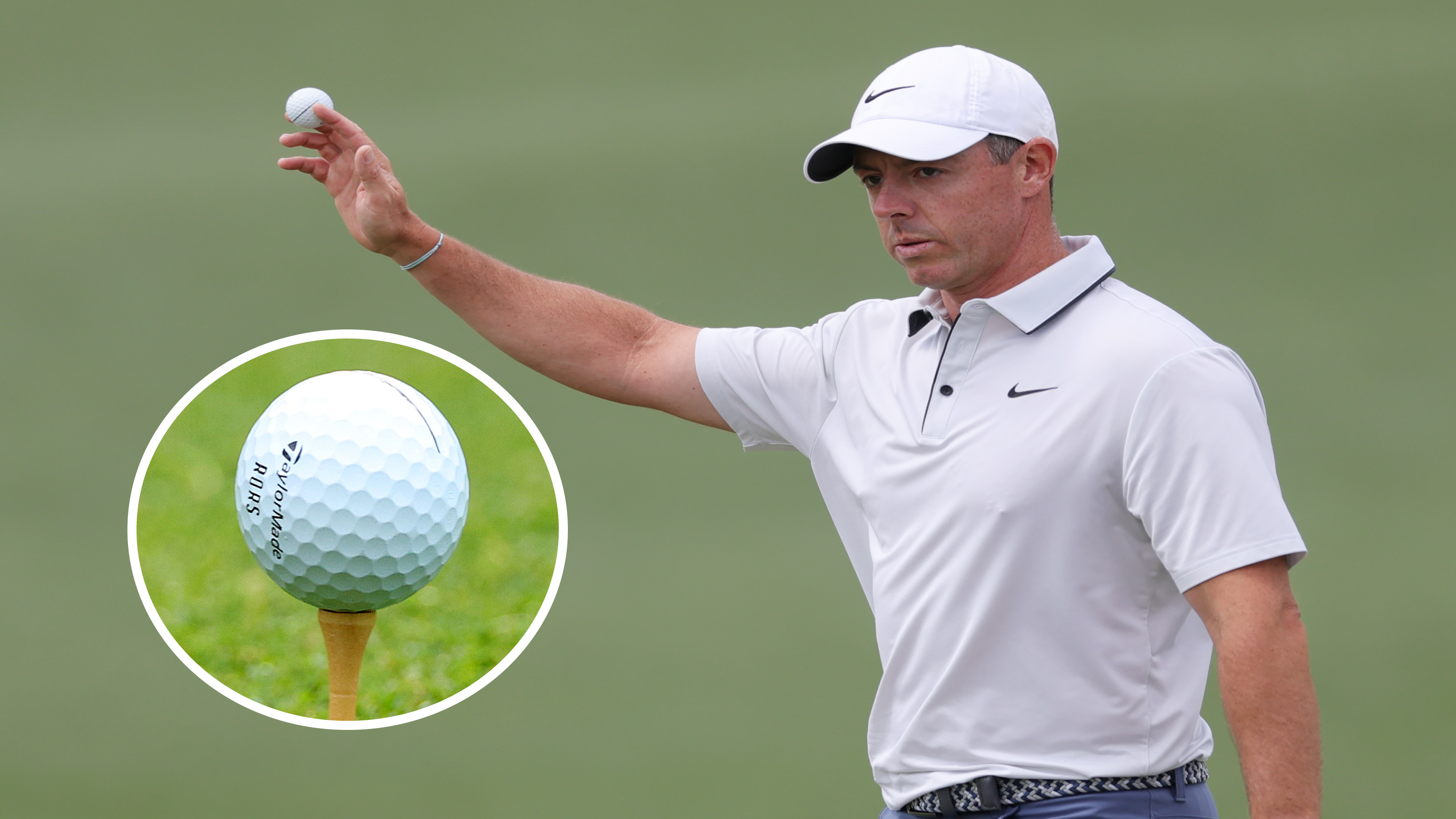From the rough: Closet lefties
Clive contemplates the world of the left-handed golfer and why there could be more out there than we think.
For someone who is unquestionably right-handed, I am surprisingly interested in the subject of left-handed golfers. ?Sidedness?, as I was told to describe it by a Psychology Professor I interviewed on the topic, is all about brain hemispheres and dominance. Because handwriting is the single most intricate task we perform, it usually indicates which side of the brain is dominant. In a right-handed person this will normally be the left side. In left-handed people the situation is more complicated and often neither side is dominant, which is why most left-handed people are frequently able to perform a variety of tasks right-handed.
Language is generally a function that is controlled by the left-side of the brain. Those who stutter or suffer from dyslexia are often left-handed because they don?t have a dominant right sphere. On the other hand ? if one can use that expression ? creativity is said to spring from the right-side of the brain and a list of exceptionally gifted and creative left-handers is often presented to substantiate this argument.
When it comes to an examination of left and right-handers, sport is a fascinating area of activity. In some sports there is a competitive advantage to being unusual. So left-handed bowlers and batsmen in cricket, for example, are believed to benefit from their unusualness because right-handers are less familiar with either bowling at or being bowled to by left-handers whilst left-handers are used to facing right-handed opponents. The same is true of tennis, boxing and a variety of other sports. However, this rarity value begins to diminish when the number rises above 25%. There is in effect, therefore, a sort of invisible hand (either left or right), which ensures that lefties don?t rise above a quarter of the participants in any sport in which they have an advantage.
Golf is remarkable because there are so few left-handers. Although there is no competitive edge in being a leftie, one would expect that the numbers would more or less reflect the incidence of left-handers in the general population, which is 11% for women and 13% for men. In practice, fewer than four per cent play golf left handed in this country. In Canada, however, this figure soars to a remarkable 25%. Which brings me to the explanation of why I?m telling you all this. I was in Canada last week where it really is striking how many left-handed golfers there are.
Although I toyed with the idea of giving you a week to think about the explanation, I?m too nice to see you suffer, so here it is. Because young Canadians play ice hockey, they are given the opportunity to develop a preferred side with which they feel more comfortable. Then, when they take up golf in later life, they already have established which way round they prefer to stand. All of which suggests that they are an awful lot of golfers out there playing right-handed who would really be happier playing left-handed. Me? I?m certain I would struggle whichever way I faced.
Get the Golf Monthly Newsletter
Subscribe to the Golf Monthly newsletter to stay up to date with all the latest tour news, equipment news, reviews, head-to-heads and buyer’s guides from our team of experienced experts.
-
 I’ve Been To The Masters On Practice And Tournament Days… Here Are The Pros And Cons Of Each
I’ve Been To The Masters On Practice And Tournament Days… Here Are The Pros And Cons Of EachEvery day at Masters week is special, but certain days can be marginally better than others
By Michael Weston Published
-
 Could This 'Stumbled Upon' Equipment Switch Finally Land Rory McIlroy the Grand Slam?
Could This 'Stumbled Upon' Equipment Switch Finally Land Rory McIlroy the Grand Slam?Rory McIlroy made a golf ball change earlier this season that has reignited his wedge play and it could be about to pay off in the most dramatic possible way…
By Joe Ferguson Published